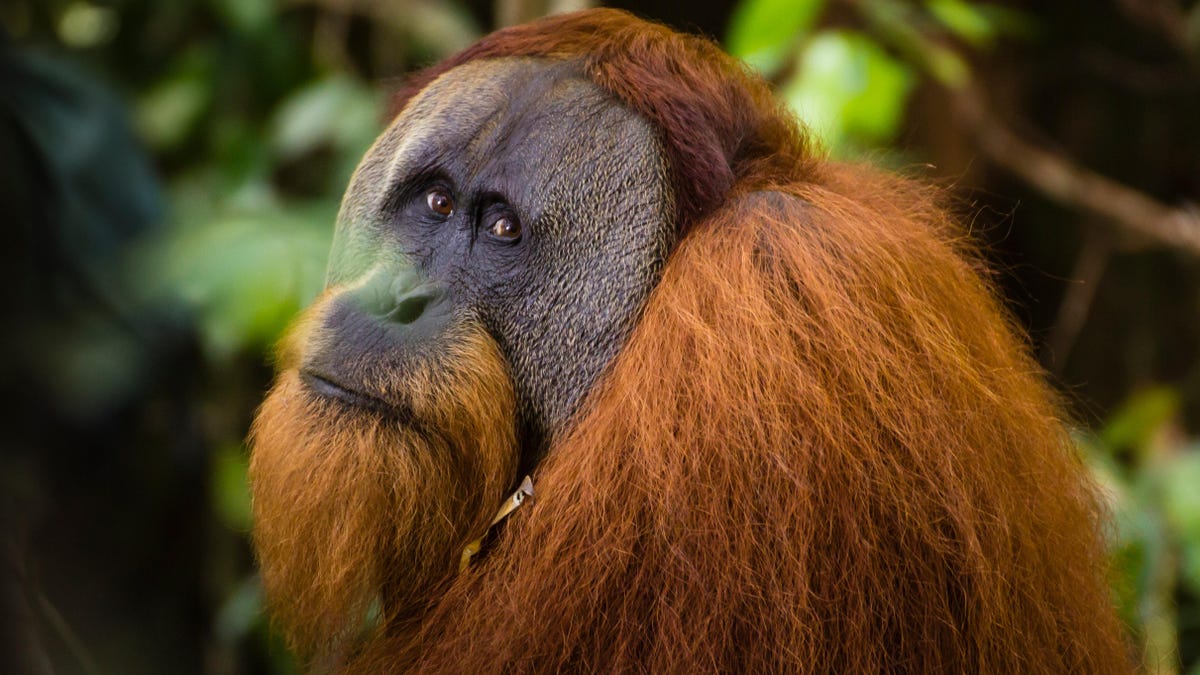Animal Behavior: Orangutan Uses Medicinal Plant to Heal Wound
In a groundbreaking discovery, researchers have documented a male orangutan named Rakus utilizing a plant with known medicinal properties to treat his facial wound. This observation sheds light on the remarkable intelligence and resourcefulness of primates in the wild.
Research Findings
The sighting was captured by primate researcher Isabelle Laumer and her colleagues during their ongoing study of wild Sumatran orangutans at the Suaq Balimbing research site in Indonesia. Rakus, a male orangutan, was observed applying a plant, Fibraurea tinctoria, to his wound, a process that led to the rapid healing of his injury.
The researchers noted several key aspects of Rakus’ behavior that set this event apart from previous accounts of animal self-medication. Firstly, Rakus selectively applied the plant to the specific wound on his face, demonstrating a clear understanding of its healing properties. Additionally, he repeated the application multiple times, ensuring sufficient coverage of the affected area.
Furthermore, Rakus’ choice of Fibraurea tinctoria, a plant with well-documented antibacterial, anti-inflammatory, and other medicinal properties, highlights his deliberate selection of a beneficial treatment. The researchers observed a remarkable improvement in Rakus’ wound within days of his first aid treatment, underscoring the efficacy of his unconventional healing method.
Implications and Future Research
While this case represents a significant breakthrough in the study of animal self-medication, it raises intriguing questions about the origins of Rakus’ behavior. The rarity of orangutans consuming Fibraurea tinctoria in the region suggests that Rakus may have acquired this knowledge through observation or experimentation.
As researchers continue to monitor the behavior of orangutans at Suaq, they hope to uncover additional instances of self-medication and shed light on the cognitive abilities of these fascinating primates. By sharing their findings, the team seeks to raise awareness of the plight of orangutans in the wild and emphasize the importance of conservation efforts to protect these endangered species.
This remarkable discovery not only deepens our understanding of animal behavior but also serves as a powerful reminder of the interconnectedness between humans and our primate relatives. Through ongoing research and observation, we can gain valuable insights into the complex lives of orangutans and foster greater appreciation for these incredible creatures.
Image/Photo credit: source url





